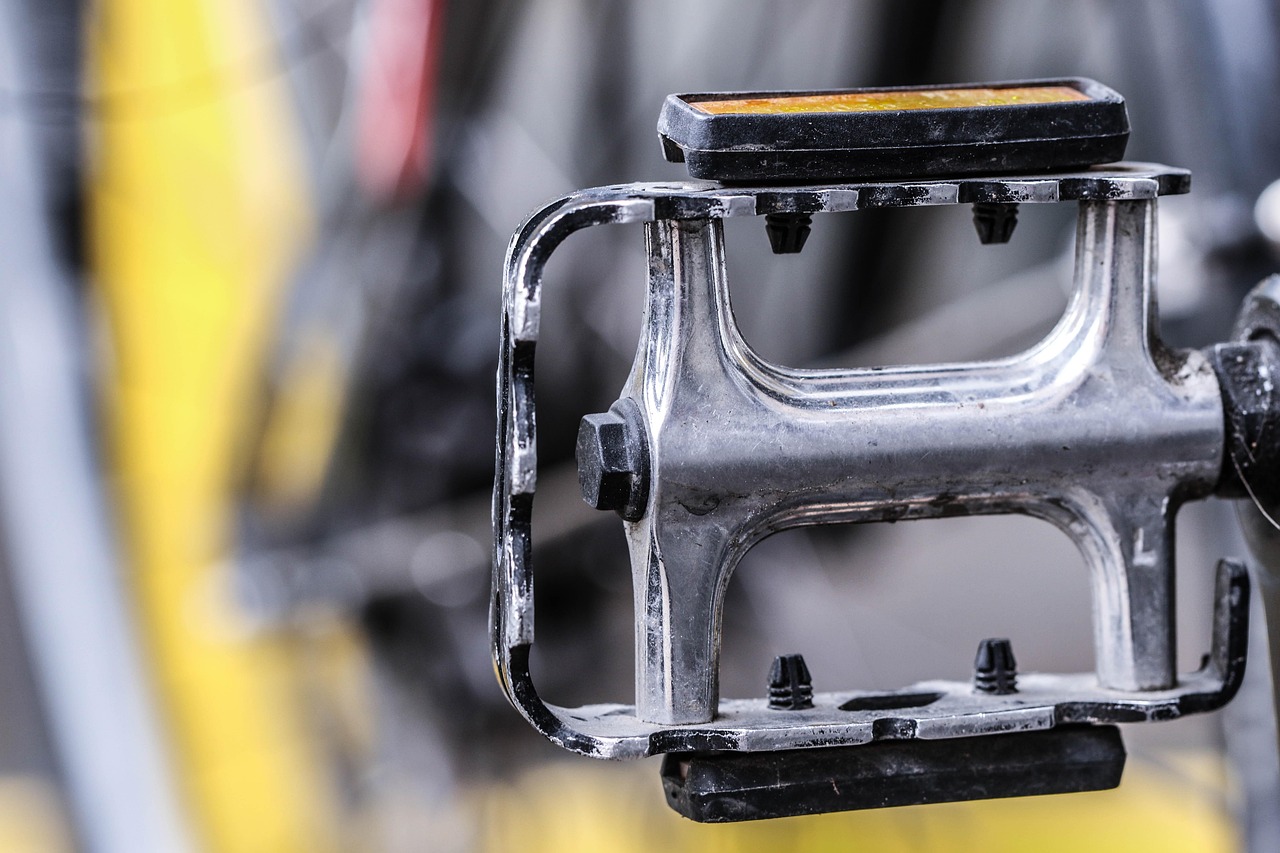Breathwork - Part 3
Mastering Your Breath: Advanced Techniques - Part 3
The Importance of Advanced Breathing Techniques
As we continue our journey to explore the art of breathing, we delve into advanced techniques that can further enhance our physical, mental, and emotional well-being. These specialized breathing practices have been used for centuries in various traditions around the world to achieve a deeper connection with oneself and promote overall vitality.
1. Box Breathing
Box breathing, also known as square breathing, is a powerful technique used by many athletes, military personnel, and yogis to improve focus, reduce stress, and increase energy levels. To practice box breathing, follow these steps:
- Inhale: Slowly breathe in through your nose for a count of four seconds, focusing on filling your lungs completely.
- Hold: Hold your breath for another count of four seconds, maintaining a sense of calmness and control.
- Exhale: Gently exhale through your mouth for a count of four seconds, releasing any tension or negativity.
- Hold: Finally, hold your breath for another count of four seconds before beginning the cycle again.
2. Alternate Nostril Breathing
Alternate nostril breathing, or Nadi Shodhana in Sanskrit, is a yogic breathing technique that helps balance the flow of energy in the body and calm the mind. To practice alternate nostril breathing:
- Sit comfortably with your spine straight and shoulders relaxed.
- Place your right thumb over your right nostril and inhale deeply through your left nostril for a count of four seconds.
- Close your left nostril with your right pinky finger and exhale through your right nostril for a count of four seconds.
- Inhale through your right nostril, close it with your thumb, and exhale through your left nostril. This completes one round.
- Repeat for several rounds, focusing on the smooth and steady flow of your breath.
3. Kapalabhati Breathing
Kapalabhati, often referred to as the "skull-shining breath," is a dynamic breathing technique that cleanses the respiratory system, increases oxygen supply to the body, and invigorates the mind. To practice Kapalabhati:
- Sit in a comfortable position with a straight spine and relaxed shoulders.
- Take a deep inhale through your nose and exhale forcefully through your nose by quickly contracting your lower belly.
- Allow the inhales to be passive and the exhales to be active and sharp.
- Start with a few rounds and gradually increase the pace as you become more comfortable with the technique.
Conclusion
Mastering advanced breathing techniques can significantly elevate your practice and bring about a profound sense of well-being. Whether you choose to explore box breathing, alternate nostril breathing, or Kapalabhati, remember to approach these techniques with patience, consistency, and mindfulness. Embrace the transformative power of your breath and unlock its full potential.

Continue your journey of breath mastery with these advanced techniques and experience the myriad benefits they have to offer. Stay tuned for more insightful breathing practices in our upcoming articles.
